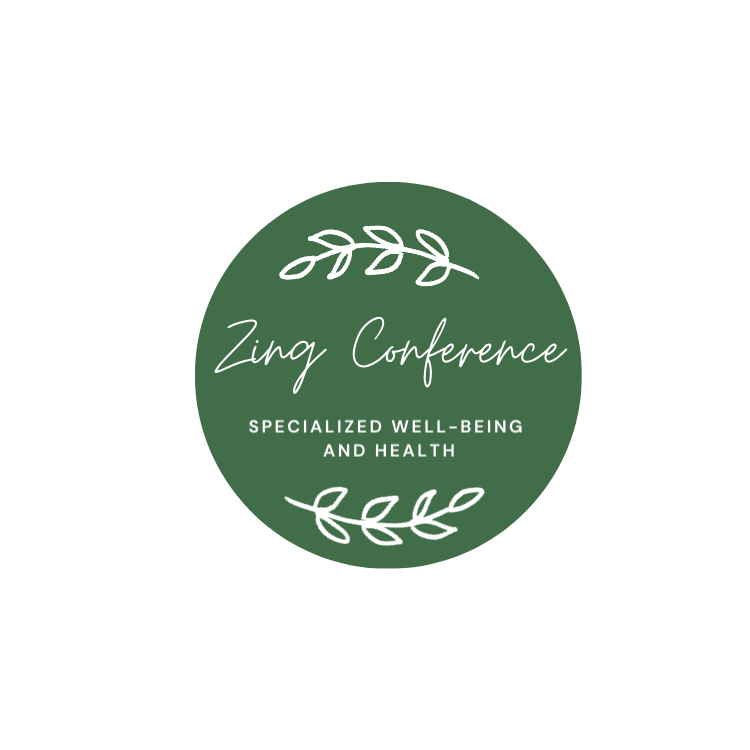Effective website navigation serves as the backbone of any successful digital marketing strategy, guiding visitors through your content while facilitating conversions. When properly implemented, intuitive navigation not only enhances user experience but also strengthens your brand’s online presence and marketing effectiveness. Strategic navigation design can dramatically impact how visitors interact with your site and ultimately convert into customers.
Creating intuitive navigation paths for visitor engagement
Thoughtful website navigation design goes beyond aesthetics—it’s about creating clear pathways that guide users toward your marketing goals. Limiting top-level navigation to 4-7 items keeps menus uncluttered and helps visitors quickly find what they’re looking for. The strategic ordering of navigation links based on user priorities can significantly increase engagement and time spent on your site.
Strategic placement of key conversion elements
Positioning critical conversion elements at strategic points within your navigation structure can dramatically improve marketing outcomes. This includes placing call-to-action buttons in highly visible locations and ensuring that product pages, contact forms, and other conversion-focused content are easily accessible from multiple navigation points. For specialized navigation solutions tailored to your industry needs, you can find expert guidance on passportmarketing.es with comprehensive approaches for different business types from startups to enterprise organizations.
Reducing friction points in user journeys
Minimizing obstacles in the user journey is crucial for maximizing conversion rates. Common navigation friction points include cluttered menus, unclear labels, and inconsistent navigation patterns across different pages. Mobile responsiveness is particularly vital, with hamburger menus often providing an elegant solution for smaller screens. Regular usability testing using tools like Hotjar or Crazy Egg can identify navigation bottlenecks that might be hindering your marketing effectiveness.
Measuring navigation effectiveness for marketing optimization
Effective website navigation serves as the backbone of successful digital marketing strategies. When properly implemented, navigation not only enhances user experience but also drives key marketing outcomes like increased conversion rates, improved SEO performance, and stronger brand visibility. Website navigation is fundamentally about helping visitors find what they need quickly while guiding them toward desired marketing goals.
For digital marketing services providers, optimizing website navigation represents a significant opportunity to improve campaign performance across SEO, PPC, social media marketing, and content creation efforts. The navigation structure impacts how search engines crawl and understand your site, influencing your technical SEO performance and organic traffic growth.
Key metrics to track for navigation performance
Tracking specific metrics helps marketing teams evaluate navigation effectiveness and identify improvement opportunities:
User Behavior Metrics:
– Bounce rate by entry page: High bounce rates may indicate navigation problems that prevent users from finding relevant content
– Average session duration: Longer sessions typically suggest users are successfully finding valuable content through your navigation
– Pages per session: More page views often correlate with intuitive navigation structures
– Navigation path analysis: Tools like Hotjar and Crazy Egg reveal how users interact with navigation elements
Conversion Metrics:
– Conversion rate by entry point: Measure how different navigation paths impact conversion
– Goal completion rate: Track the percentage of users who successfully complete desired actions
– Exit pages: Identify where users abandon the navigation process
SEO Performance Metrics:
– Crawl stats: Review how search engines navigate your site structure
– Indexation rate: Ensure priority pages are being discovered through your navigation
– Page authority distribution: Analyze how your navigation impacts link equity across the site
When performing navigation audits (recommended every 6-12 months), prioritize simplifying top-level navigation to 4-7 items, aligning with user expectations, and ensuring consistency across devices. Accessibility considerations must be incorporated to serve all users, including those with disabilities.
Implementing A/B tests to refine navigation structures
A/B testing provides data-driven insights for navigation optimization:
Testing Navigation Elements:
– Menu style variations: Compare horizontal, dropdown, hamburger, and sidebar/vertical layouts
– Label clarity: Test different naming conventions for navigation items
– Menu organization: Experiment with different hierarchical structures
– Search functionality placement: Test various positions and designs for search bars
Testing Process:
1. Set clear objectives for each test (e.g., reducing bounce rate, increasing conversion)
2. Establish control and variant navigation designs
3. Implement testing using platforms like Google Optimize
4. Gather sufficient data before drawing conclusions
5. Analyze results across mobile and desktop experiences
Navigation Refinement Strategy:
– Limit top navigation links to 4-7 items to prevent overwhelming users
– Order links strategically based on user importance and business goals
– Include standard navigation elements users expect
– Ensure mobile optimization with responsive designs
– Implement descriptive anchor text for improved usability and SEO
Through systematic testing, you can avoid common navigation mistakes such as cluttered menus, unclear labels, and poor mobile responsiveness. Each refinement should align with both user needs and marketing objectives.
For e-commerce sites, navigation testing should focus on product categorization and checkout flow optimization. B2B websites might prioritize testing industry solutions and case studies placements. The right approach depends on your specific business model and target audience.
By measuring navigation performance and implementing strategic A/B tests, marketing teams can create navigation structures that simultaneously improve user experience, support SEO goals, and drive conversions—transforming website navigation from a basic utility into a powerful marketing asset.







